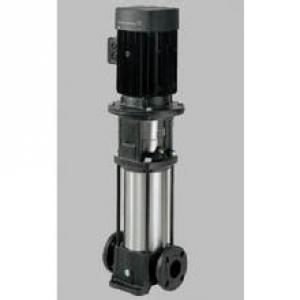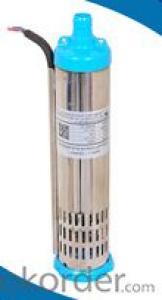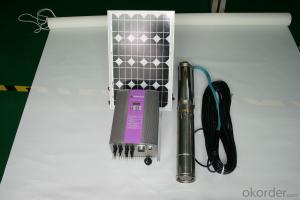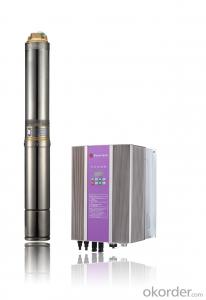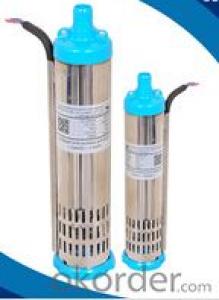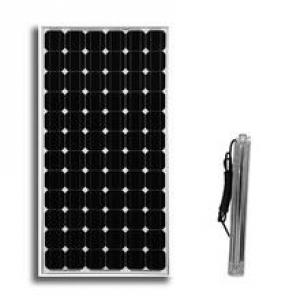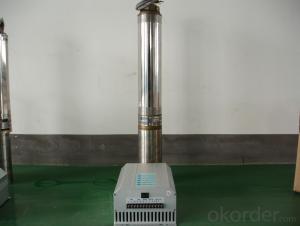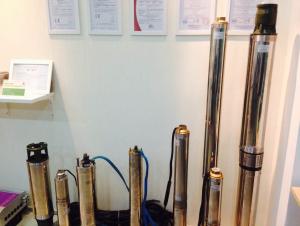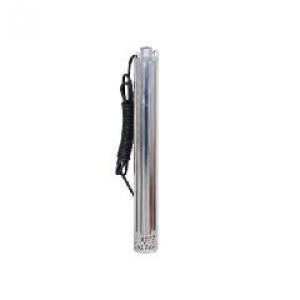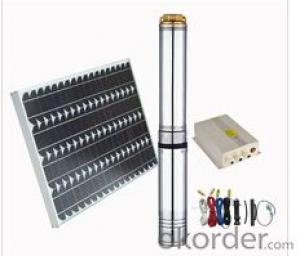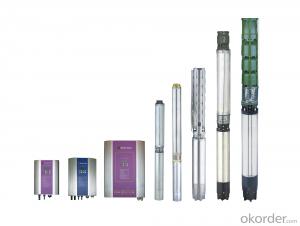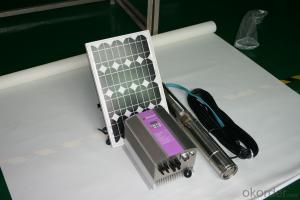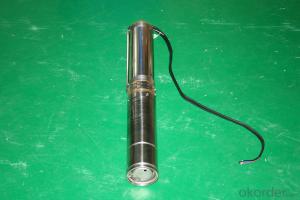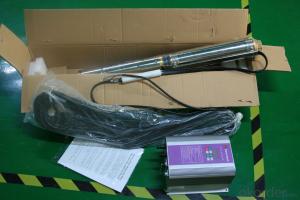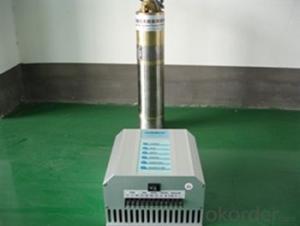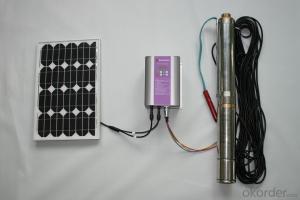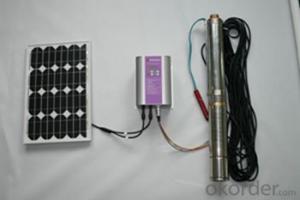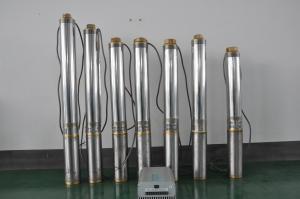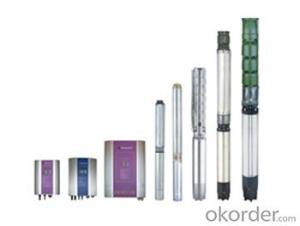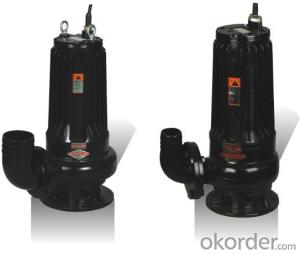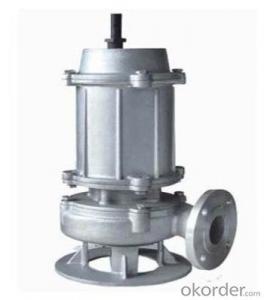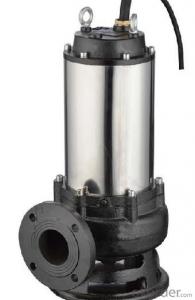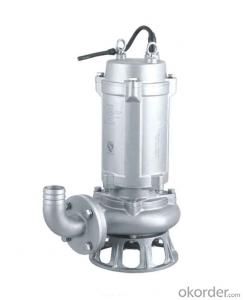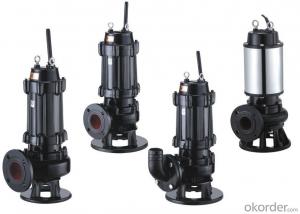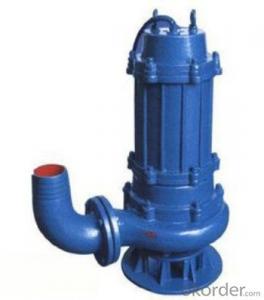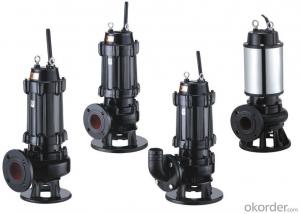Inverter Pump Solar
Inverter Pump Solar Related Searches
Inverter Solar Pump Pump Inverter Solar Solar Pump Inverter Water Pump Solar Inverter Solar Pump Inverter Invt Inverter Power Solar Invt Solar Pump Inverter Ac Solar Pump Inverter Inverter Solar Power Inverter Solar Solar Solar Inverter Inverter Battery Solar Inverter Charger Solar Solar Pump Inverter Price Best Solar Pump Inverter Inverter Solar Panel Inverter Solar Farm Solar Pump Inverter Abb Inverter Solar System Hober Solar Pump Inverter Power Solar Inverter Inverter Solar Generator Smart Inverter Solar Mppt Solar Pump Inverter Hober Solar Pumping Inverter Inverter In Solar Power Plant Jntech Solar Pump Inverter Inverter Generator Solar Inverter Solar Cell Hitachi Solar Pump InverterInverter Pump Solar Supplier & Manufacturer from China
Inverter Pump Solar is a type of solar-powered water pumping system that utilizes a solar inverter to efficiently convert sunlight into electricity, which then powers a submersible pump to draw water from wells, reservoirs, or other water sources. This eco-friendly and cost-effective technology is designed to provide a reliable water supply solution for various applications, including agricultural irrigation, livestock watering, and domestic water supply in remote areas where grid electricity is not readily available.The Inverter Pump Solar system is particularly useful in off-grid locations or areas with limited access to electricity, as it harnesses the power of the sun to pump water without the need for a traditional power source. This makes it an ideal solution for rural communities, small-scale farms, and even for emergency backup water supplies during power outages. The system is also beneficial for reducing energy costs and minimizing environmental impact, as it operates silently and without the need for fossil fuels.
Okorder.com is a leading wholesale supplier of Inverter Pump Solar systems, offering a wide range of products to cater to the diverse needs of customers worldwide. With a large inventory of high-quality solar pumping solutions, Okorder.com ensures that customers have access to the latest technology and reliable products at competitive prices. By partnering with reputable manufacturers, Okorder.com is committed to providing excellent customer service and support, making it a trusted source for Inverter Pump Solar systems and other renewable energy products.
Hot Products
